
Volkswagen Tiguan Review, First Drive
If the Toyota Fortuner and Ford Endeavour are too mainstream for you, Volkswagen has you covered with the new Tiguan. So, we get behind the wheel of this radical SUV to see how well it drives.
With the SUV segment acquiring massive sales numbers across segments, Volkswagen India attempts to tap into the customer interest in SUV’s with the new Tiguan. Question is, in a fiercely competitive segment, does the Tiguan have the substance to tempt the customers?
It’s no secret that SUV’s have been the most competitive and fastest-growing segment in the Indian market over the past few years. Customers worldwide have shown tremendous interest in SUV’s of all sizes, and Indian customers have been no different. From the compact Ford EcoSport to the large Toyota Fortuner, customers have been preferring SUV’s much to the chagrin of other segments.
So, to tap into this customer interest, Volkswagen has finally brought the Tiguan into the Indian market. Globally a second-generation product, the new Tiguan is an interesting looking product as far as the design goes. It features the latest design language of the VW brand, and features very sharp design highlights, such as the prominent shoulder line that almost wraps around the whole sides and rear of the body and stands out with its sharply defined look. With its large 18-inch wheels and standard fit LED head and tail lamps – standard on the Highline version we tested – and its sharp surfaces, the Tiguan cuts a handsome figure. It might not be a radical design, but is definitely a good looking one.

Inside, the Tiguan is pretty much a standard VW brand design, with the prominent center infotainment screen, below which are mounted the 3-zone climate control knobs. The steering features multiple controls, as well as steering mounted shift pedals as standard. Interestingly, the India-spec Tiguan’s are only available with one interior shade – Black – which is an unusual choice given the Indian customers preference for beige interiors. However, I personally prefer the black shade of the interiors as not only does it look classier in my opinion – but also is much easier to keep clean. Space wise, the Tiguan has more than enough space for five adults, with ample amount of head, leg and shoulder space for all passengers. The front seats, in fact, are especially comfortable for long drives and feature good bolstering.
The Tiguan also comes as standard with the latest version of both Apple CarPlay and Android Auto, which makes making pairing your smartphone a cinch. However, strangely, the Tiguan does not feature satellite navigation as standard. Additionally, the Tiguan also features an electric easy-open boot, which allows you to open the boot with just a swipe of your foot under it, very useful when your hands are loaded with shopping or luggage. And, to add appeal to the interiors, it also features a full length panoramic sunroof.

Powertrain wise, the Tiguan only offers one option, the ubiquitous 2.0-litre diesel engine paired with a 7-speed DSG transmission. In this trim, the engine produces 141bhp and 340Nm of torque. While the Tiguan remains primarily front-wheel drive, it also features VW’s 4Motion all-wheel drive system. This allows the system to transfer drive to the rear wheels as and when required. On the road, the 141bhp of the engine feels more than sufficient for everyday use in both urban and highway conditions. The Tiguan feels extremely refined and the gearbox offers excellent shifts in both automatic and manual modes, providing instantaneous shifts when required. The suspension setup also is quite fantastic for our roads, with the ride being slightly on the firmer size, but offering fantastic control and high-speed stability. As far as ride-and-handling goes, the Tiguan is probably the best amongst its direct rivals.
So, the Tiguan offers a handsome looking car that is well equipped and is extremely comfortable and pleasing to drive in both highway and urban conditions. The problem then, lies not with the product, but with its positioning in the market. At a price well north of the Rs. 30 lakh mark, VW aims to compete with the BMW X1 and the Mercedes-Benz GLA. However, for an average customer, the Tiguan will more likely compete with the Ford Endeavour and the Toyota Fortuner and there, the Tiguan is dwarfed when it comes to interior space and road presence. However, it defeats both on driving appeal and the quality standards.

So, the conundrum of the Tiguan lies with how the customers will perceive it and what according to them the Tiguan’s direct competitor is. For those looking for an SUV they can drive every day and still do the occasional long drive, the Tiguan offers an ideal option with good refinement, superb quality and driving appeal. Question is, will the Indian customer be prepared to pay a premium for the VW brand? The answer to that will be revealed in the next few months as customers consider the Tiguan and make their buying choices.
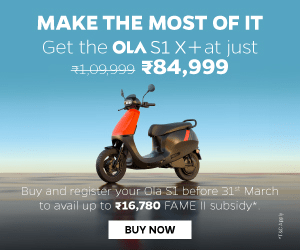

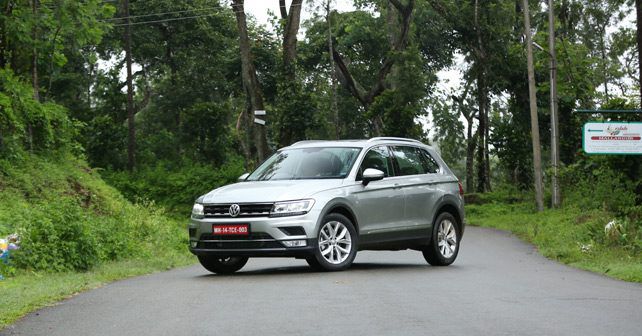
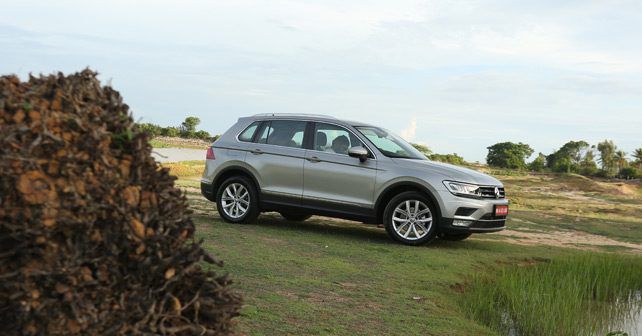
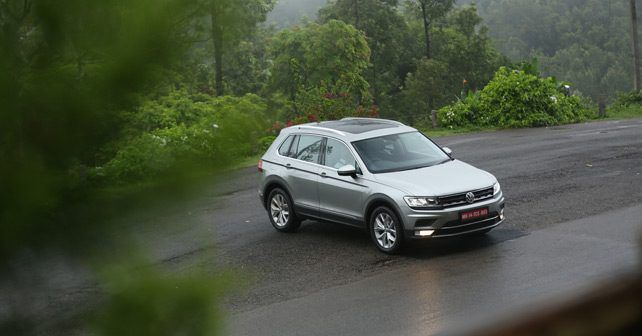
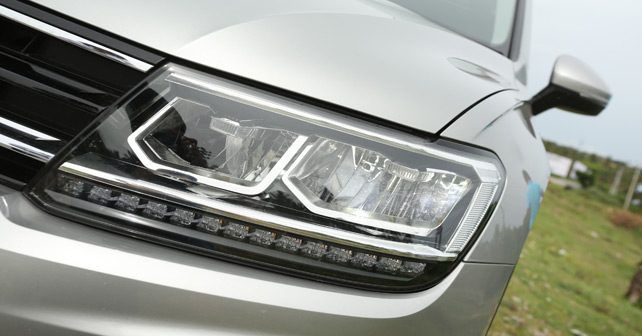
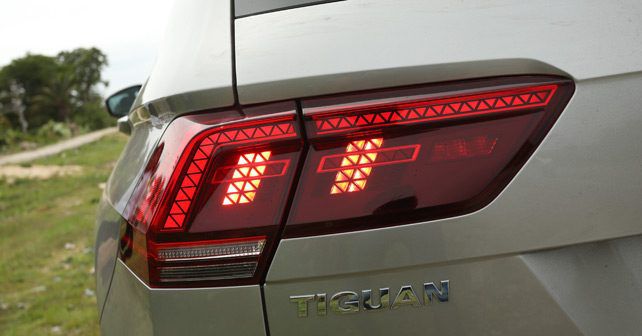
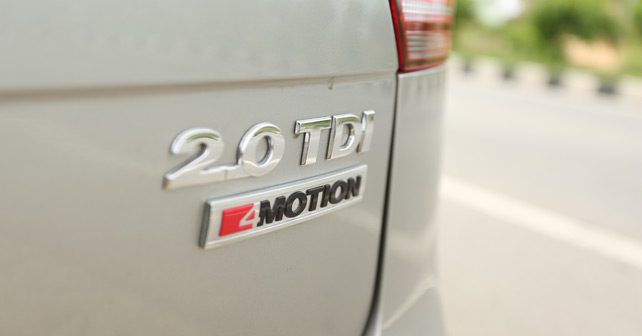
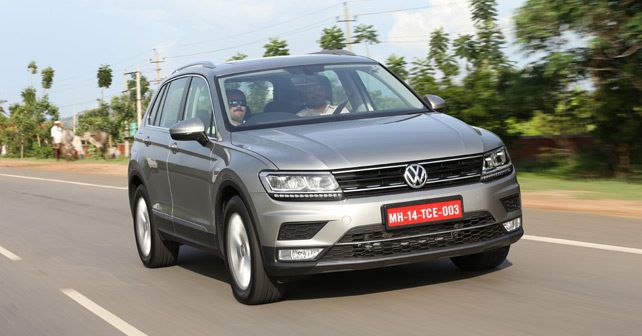
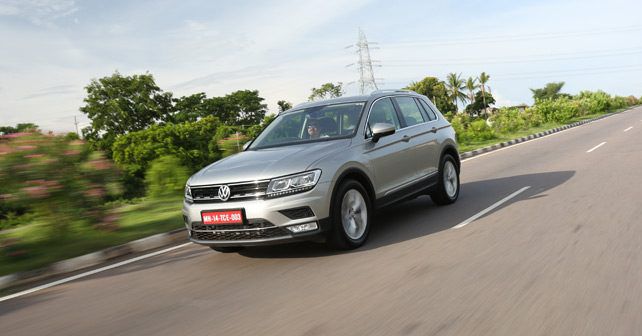
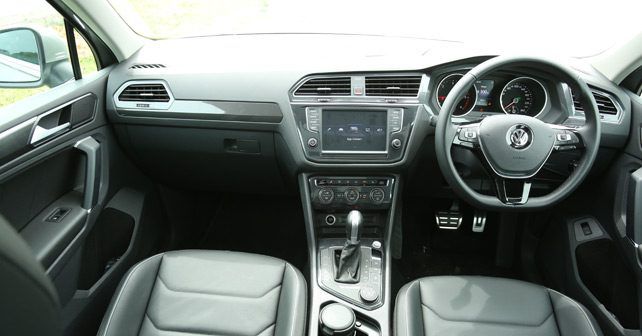
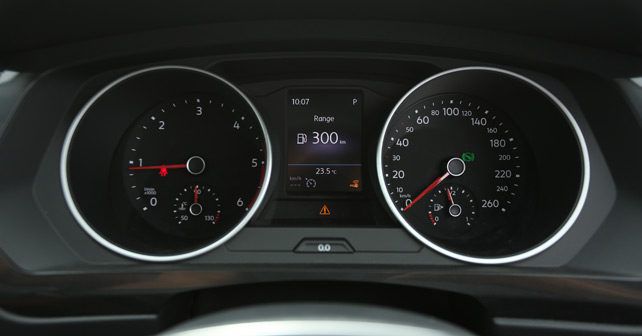
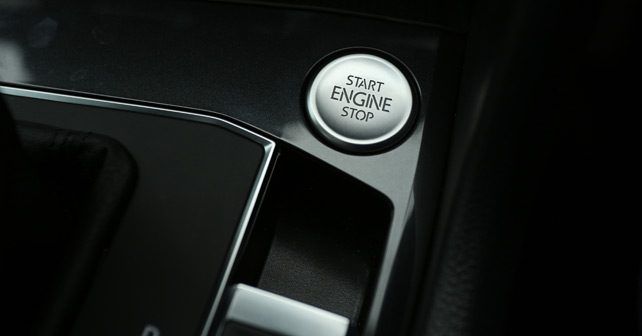
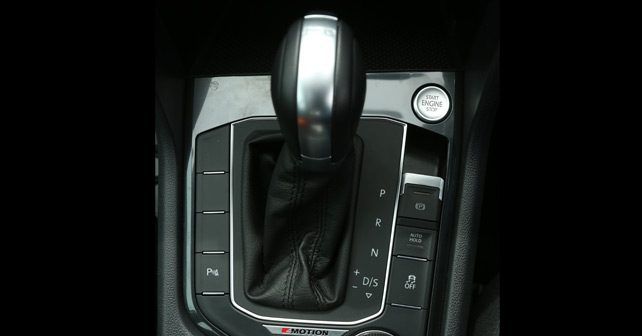
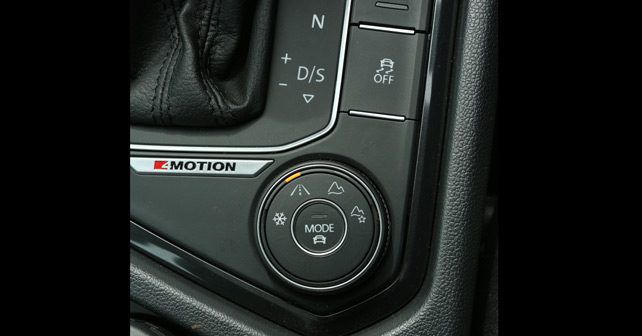
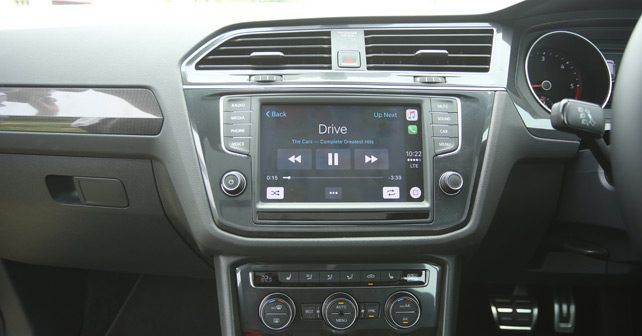
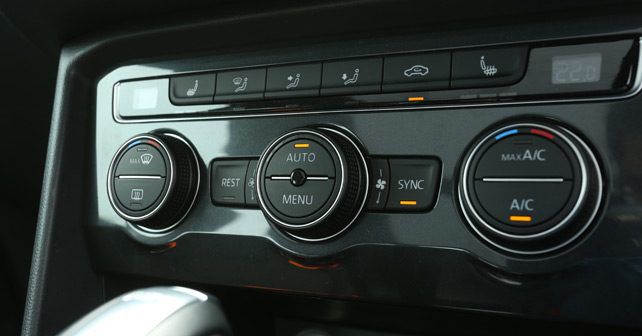
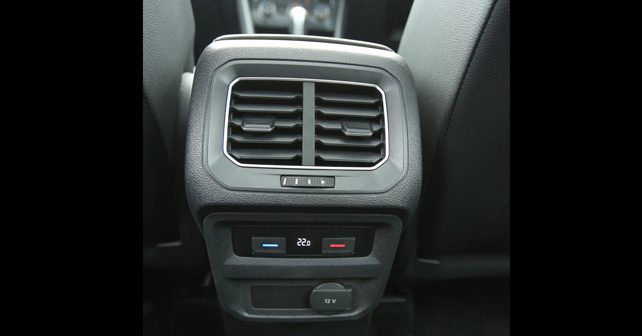
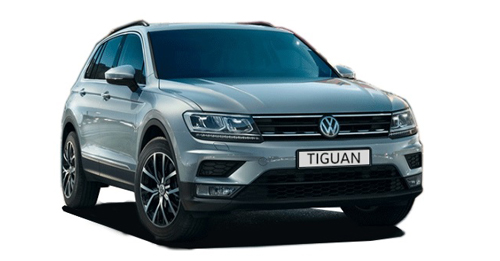

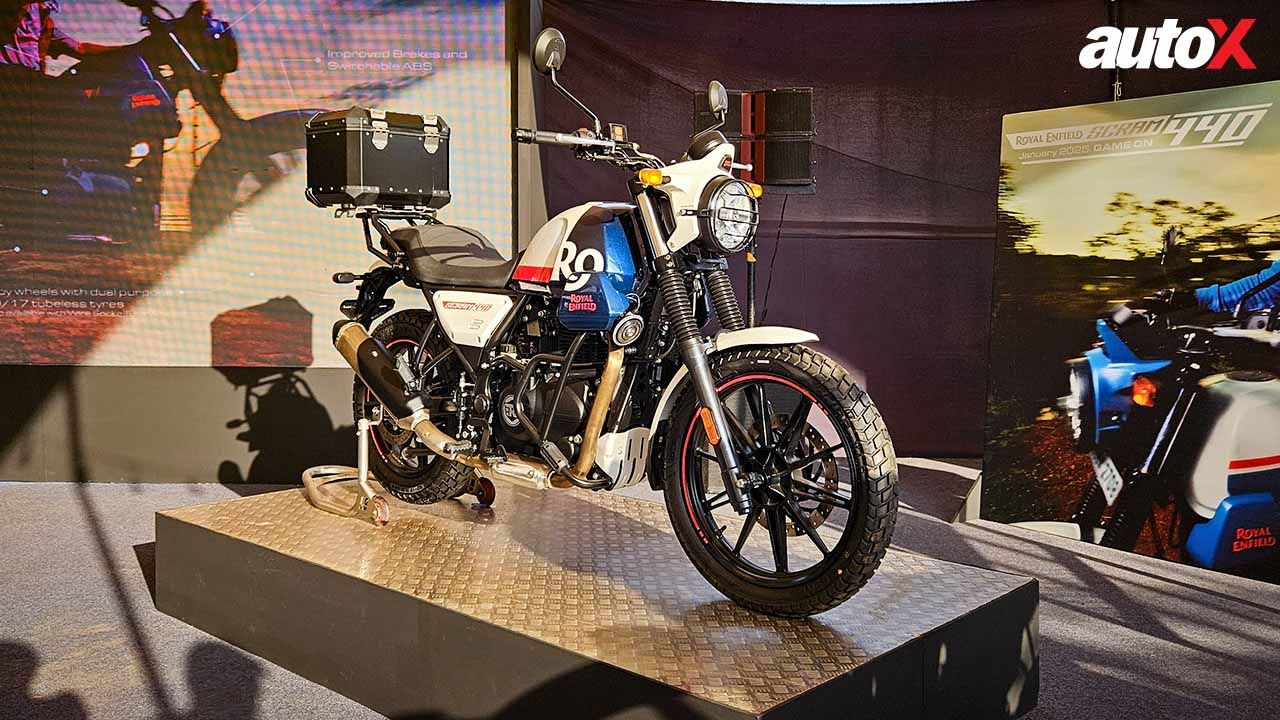
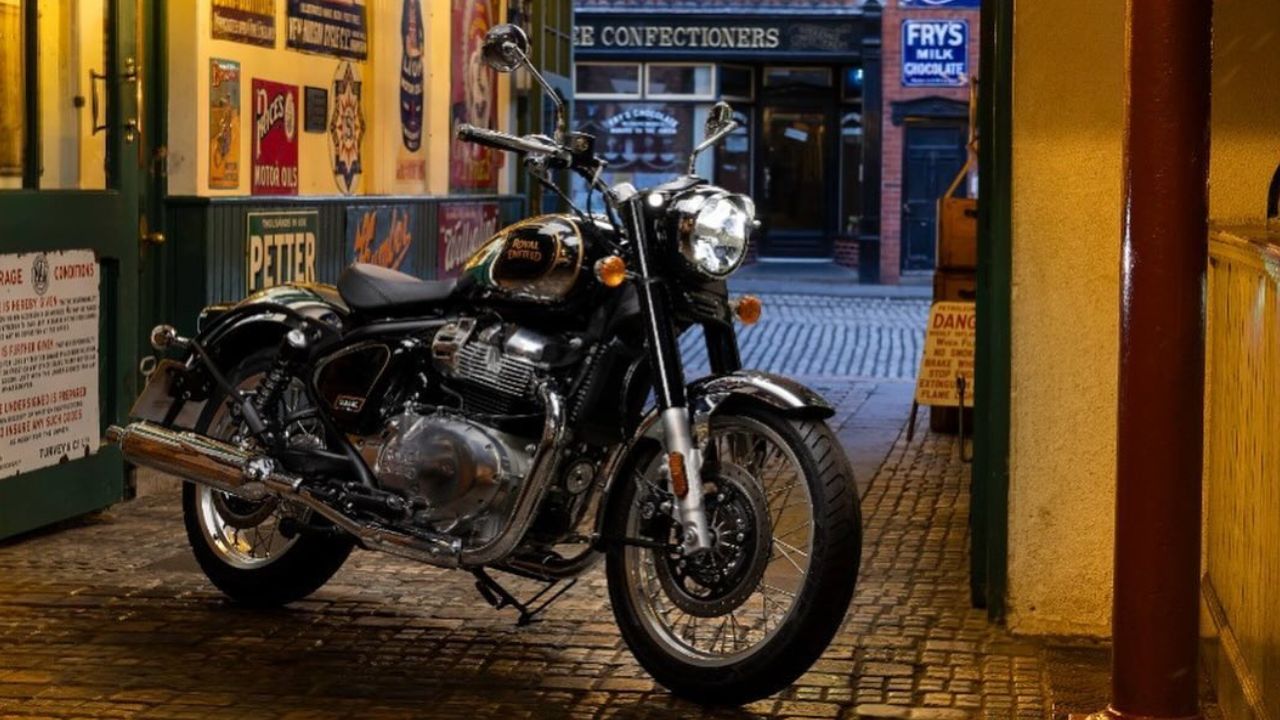
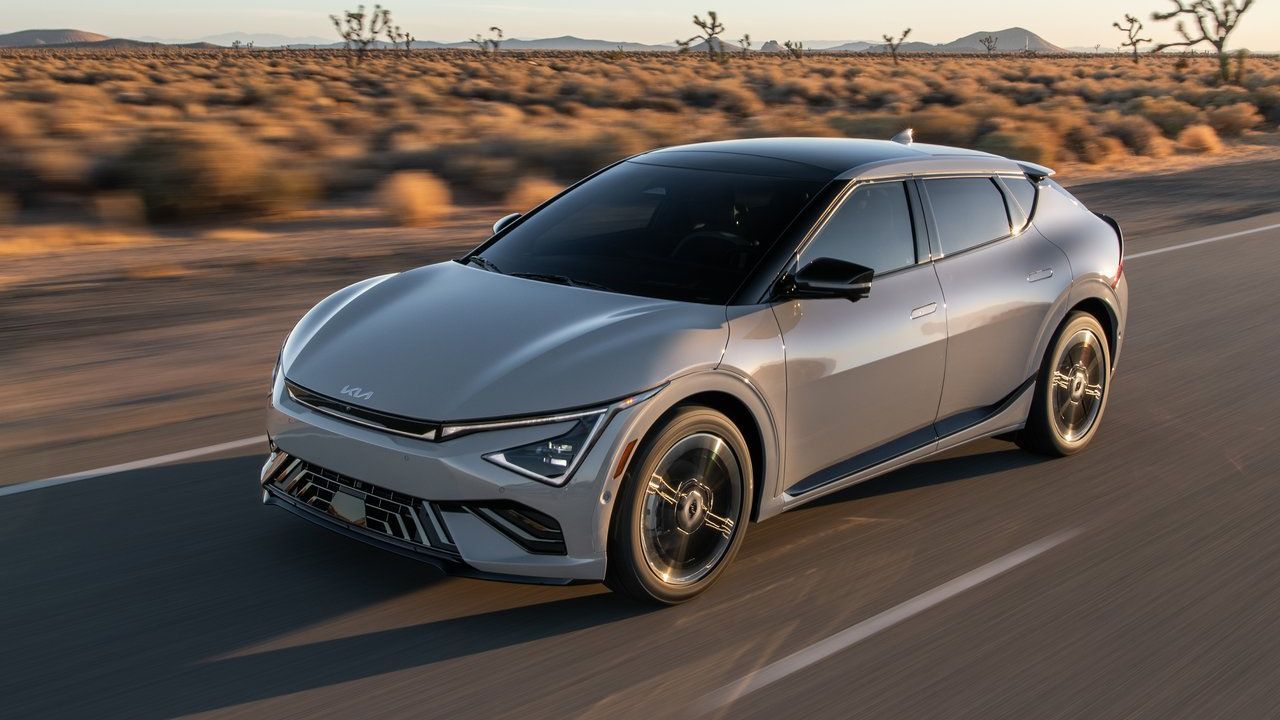
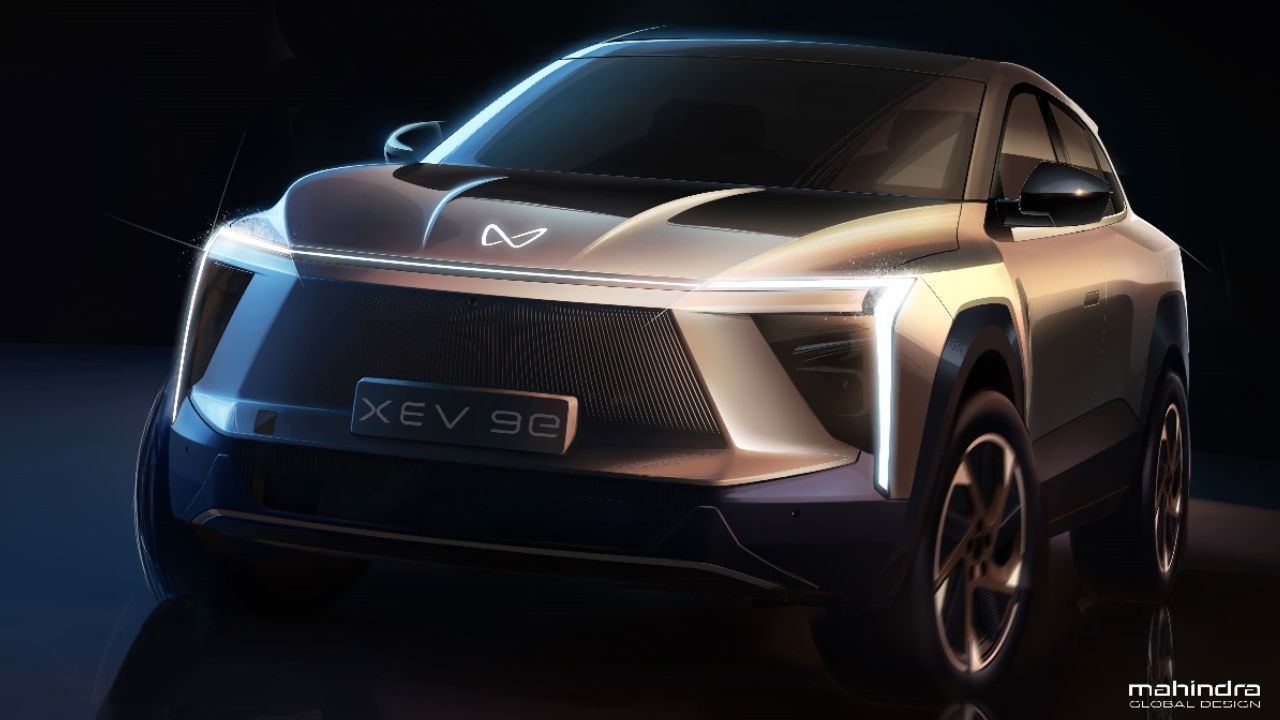
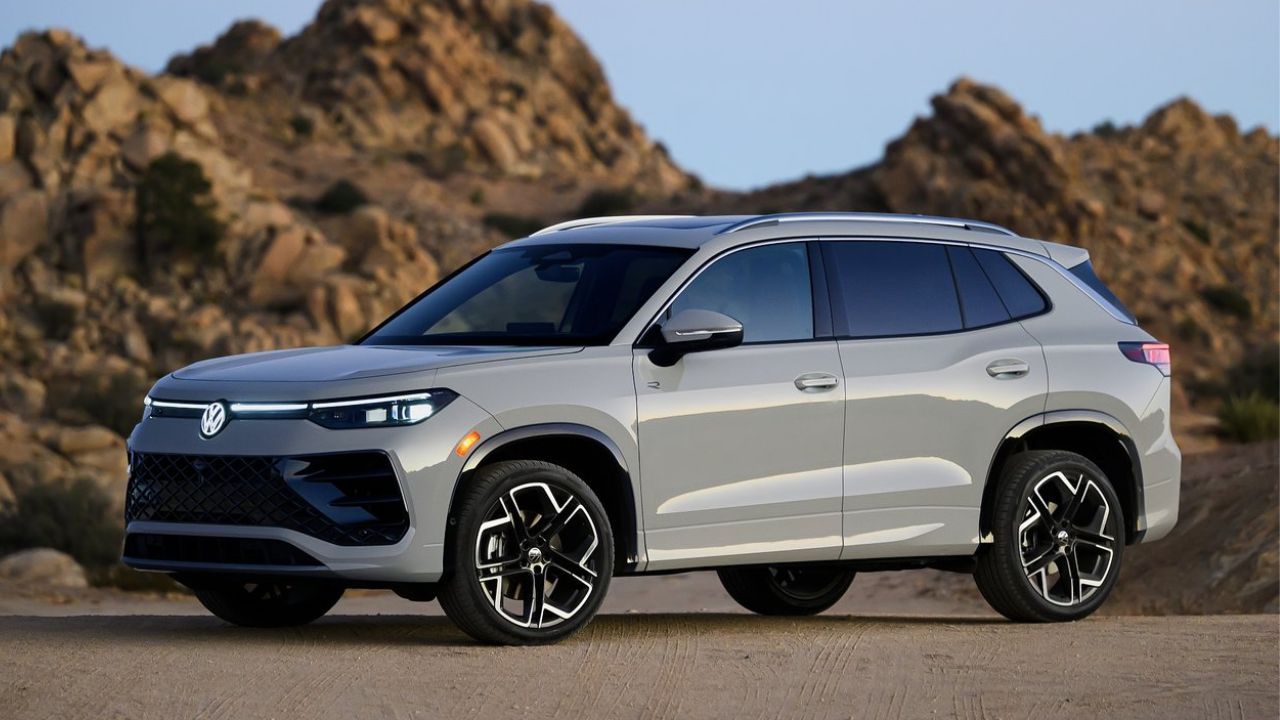
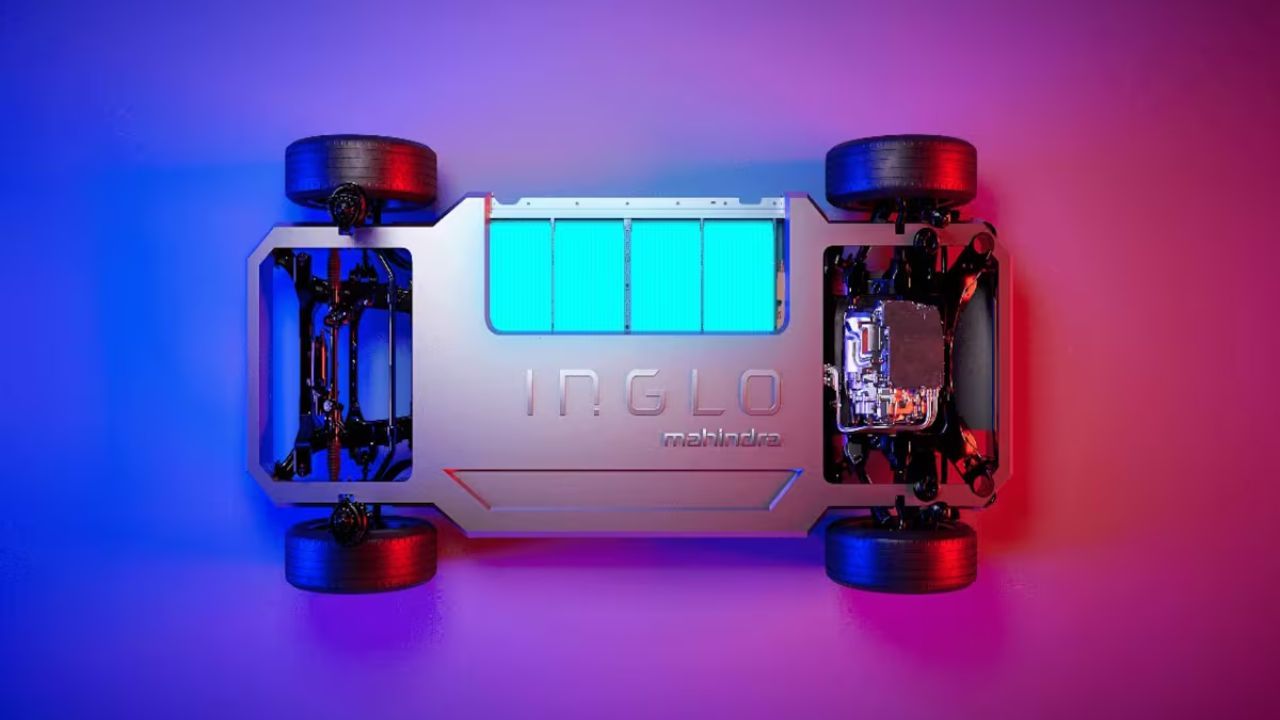
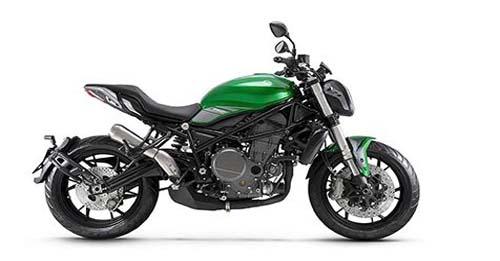
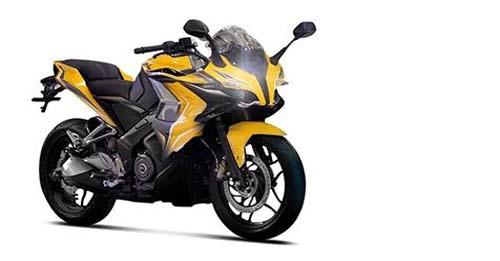
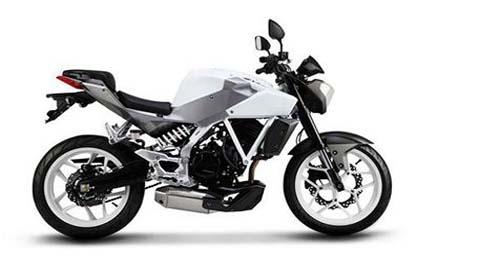
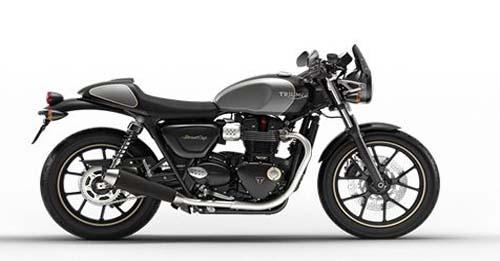
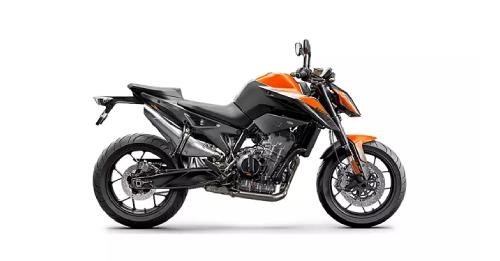









Write your Comment on